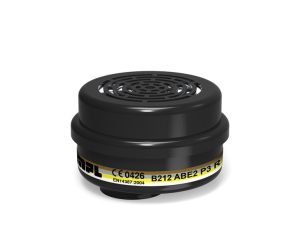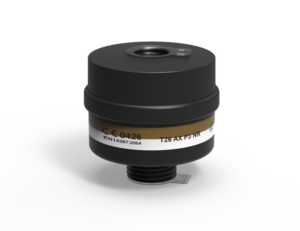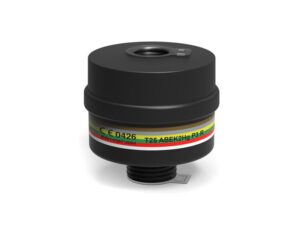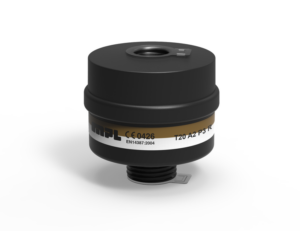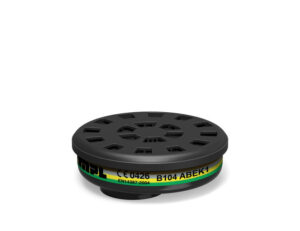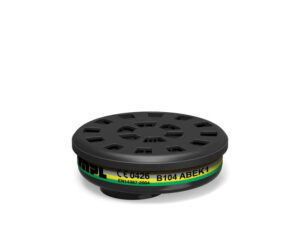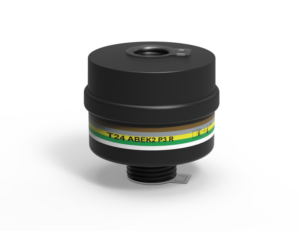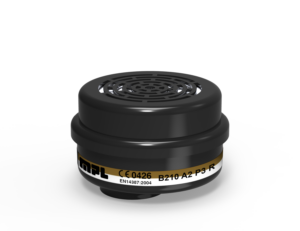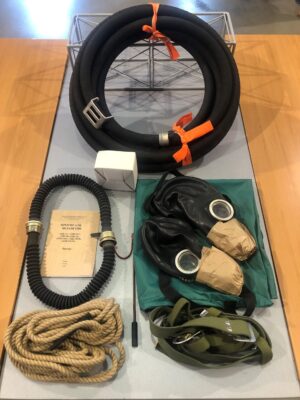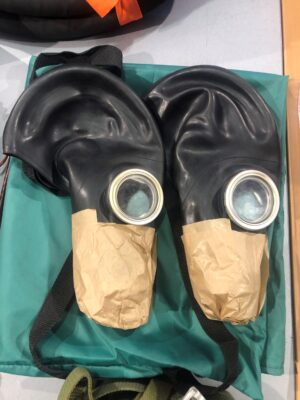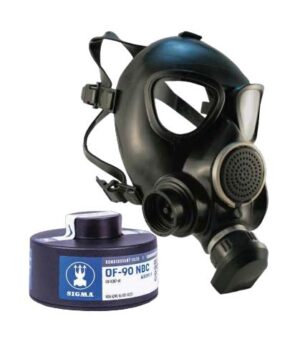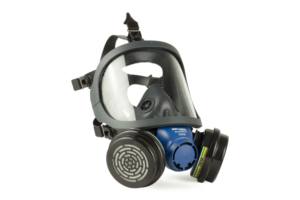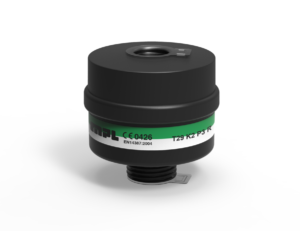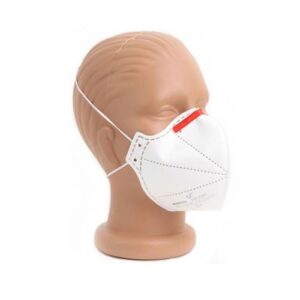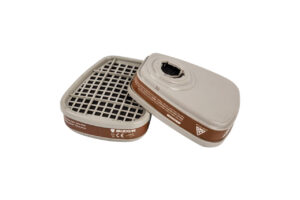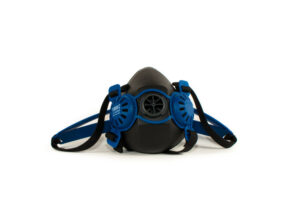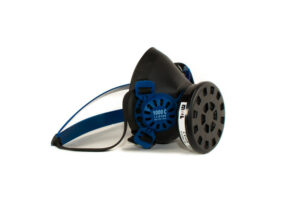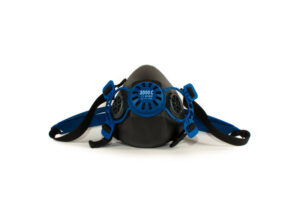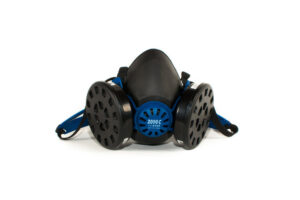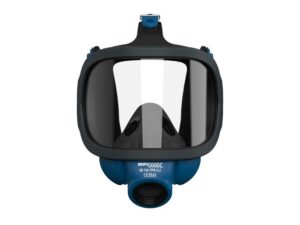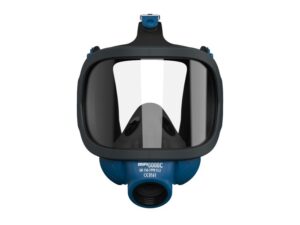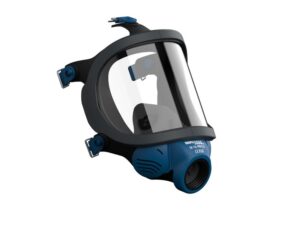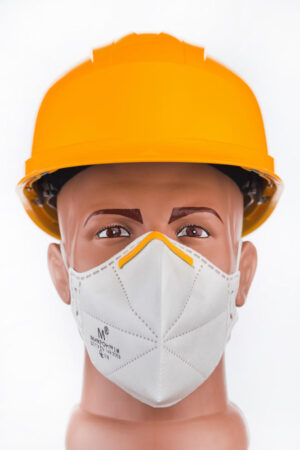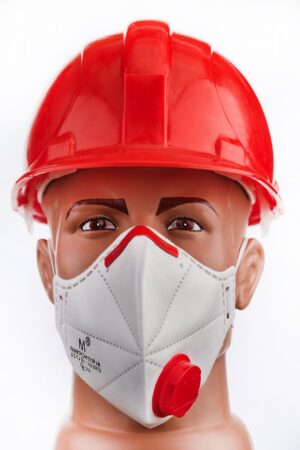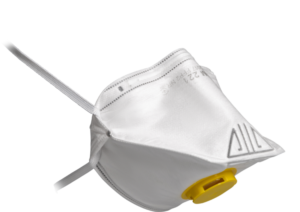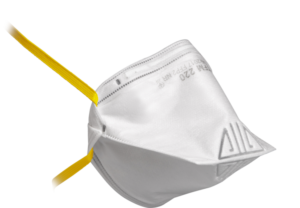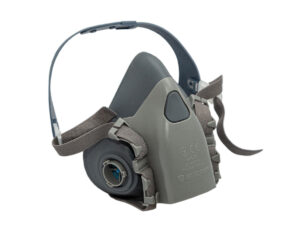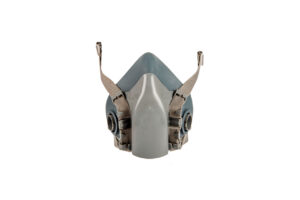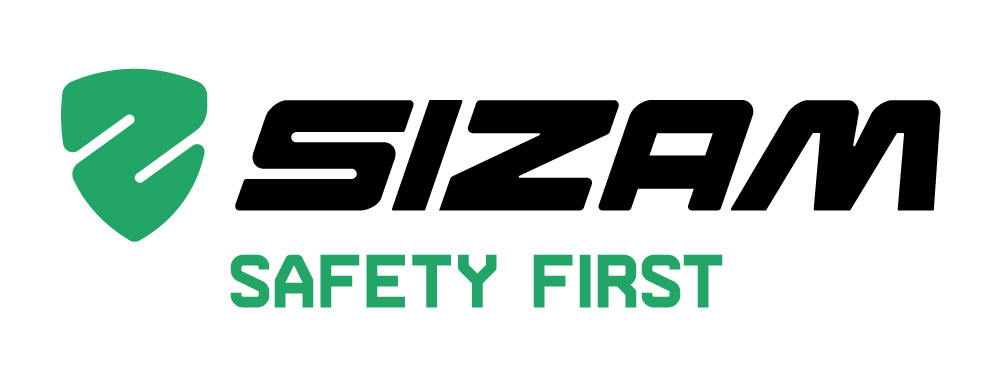Respiratory protective equipment
Showing 1–24 of 94 resultsSorted by latest
Means of personal protection of respiratory organs
Destructive consequences of inhaling harmful substances, dust, fumes, etc. in production may not be as obvious as the risk of injury to the head, eyes or limbs. Sometimes negative consequences do not appear immediately, but after months or even years. Sometimes, only after retiring, a person realizes that his health has been destroyed, because he did not use individual means to protect his respiratory organs during work.
It is not always possible to determine the source of the danger from which protection is needed - some gases are odorless, and the worker may not suspect that he is breathing poisoned air, while microscopic dust, which is not even visible, remains in the lungs and causes chronic health disorders. Therefore, the use of special means for individual respiratory protection is not a whim or an attempt to insure, but a necessary device that helps to avoid impaired health of the throat and lungs when interacting with an aggressive environment.
The main types of threats, which people may encounter during work, and from which special protection is needed:
smoke
Welding smoke.
Dust (concrete, wood).
Fog.
Various vapors (mercury, paint and varnish).
Aerosols.
Gases.
For each harmful or poisonous substance, a special type of protection has been developed, without which it is impossible to work.
The device of individual means to protect breathing
According to their purpose, protective equipment can be used filtering or insulating, and they are used in different cases:
Filtering means of protection include disposable and reusable respirators with a filter, with a valve and without a valve, as well as half masks and gas masks. They can be used if the work is carried out in rooms with a low concentration of harmful substances and a normal level of oxygen in the air (from 18% and higher). The main types of threats are steam, gas, dust. Do not use in narrow confined spaces (reservoirs, wells, containers, etc.) if the level of air pollution is unknown. This type of respiratory protection cleans the air by passing it through special filters.
Isolating means of respiratory protection - full-face protective masks and gas masks are used if the air is very polluted or when the oxygen level in the air is low. In this case, the worker inhales not purified air from a contaminated room, but an air mixture that is supplied through hoses from blowers, compressors or from a cylinder with liquefied oxygen or a regeneration cartridge.
Isolating protective equipment can limit movement, hearing, and narrow the angle of vision, so it is recommended that only specially trained workers use them.
How to decide which means to choose for personal protection of respiratory organs
The main task - choose the right type of protective device, and for this you need to determine what risks you will have to face during work:
Type of hazard, degree of exposure.
Chemical and physical properties of the source of air pollution.
The level of spraying of a harmful substance, the real and permissible limit of its concentration in the air.
The time limit of being in a polluted environment.
Type of work performed, degree of physical exertion of employees.
Conditions in which work is conducted, possible restrictions on movement, necessary level of personnel mobility.
Based on these data, it is possible to choose means to protect the lungs and throat with the necessary functionality and protective capabilities. If you are in doubt about the choice, the specialists of the PromSIZ online store will tell you what type of protection is best for you, taking into account your type of activity, and will also help you choose the most suitable model at the best price.

